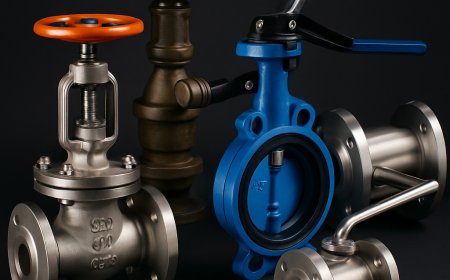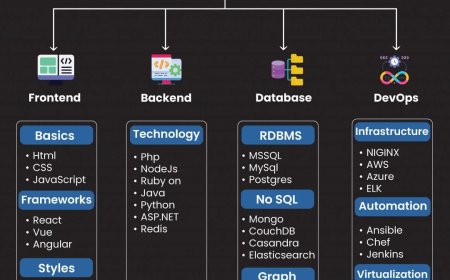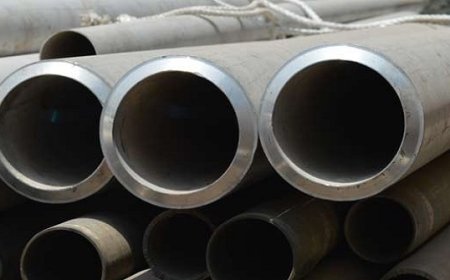How to Understand and Compare Car Spec Before You Buy

When it comes to buying a new or used car, one of the most important steps is understanding the vehicles car spec. Car specifications, often called car spec, refer to the technical details that define how a vehicle performs, how comfortable it is, and how suitable it is for your needs. This guide will help you decode car specs, compare vehicles effectively, and make an informed purchase decision.
What is Car Spec?
The term car spec refers to the detailed description of a cars technical features and performance capabilities. Car specifications cover everything from engine size to safety features, offering buyers crucial information about how a vehicle operates.
Key elements of car spec include:
-
Engine size and type
-
Horsepower and torque
-
Transmission type
-
Fuel efficiency
-
Dimensions and weight
-
Safety features
-
Comfort and technology
Why Car Spec Matters
Understanding car spec allows you to:
-
Compare Vehicles: Specs make it easier to see differences between car models.
-
Choose the Right Car: Select a vehicle that matches your lifestyle, driving habits, and preferences.
-
Avoid Surprises: Knowing the spec helps you avoid buying a car that underperforms or lacks key features.
For example, a family might prioritize cargo space and safety, while a commuter may focus on fuel efficiency and technology.
Key Components of Car Spec Explained
Lets break down the main components youll find in any car spec:
1. Engine Size and Type
-
Measured in liters (e.g., 1.6L, 2.0L).
-
Petrol, diesel, hybrid, or electric.
-
More powerful engines offer better acceleration but may consume more fuel.
2. Horsepower (HP) and Torque
-
Horsepower: Affects speed and acceleration.
-
Torque: Influences pulling powerimportant for towing and off-road driving.
3. Transmission
-
Manual: Requires driver control but can be more engaging.
-
Automatic: Easier to drive, especially in cities.
-
CVT (Continuously Variable Transmission): Smooth driving with better fuel economy.
4. Fuel Efficiency
-
Measured in MPG (Miles Per Gallon) or L/100 km.
-
A key factor for those who drive long distances.
5. Vehicle Dimensions
-
Includes length, width, height, wheelbase, and ground clearance.
-
Important for parking, comfort, and road handling.
6. Cargo Space
-
Measured in liters or cubic feet.
-
Essential for families, travelers, or those needing extra storage.
7. Safety Features
-
ABS brakes, airbags, stability control, lane assist, and collision warning systems.
-
Always check safety ratings from trusted sources.
Electric and Hybrid Car Spec
For electric or hybrid vehicles, additional specifications are important:
-
Battery Size (kWh): Larger batteries offer longer ranges.
-
Electric Range: How far the car can go on electric power.
-
Charging Time: How quickly the battery recharges.
Understanding electric car specs helps buyers considering eco-friendly options.
How to Compare Car Spec Effectively
To make the right choice, follow these simple steps:
-
List Your Priorities: Do you need speed, efficiency, safety, or space?
-
Use Online Tools: Websites like Edmunds, Kelley Blue Book, or manufacturer sites let you compare car specs side by side.
-
Check Real-World Reviews: Specifications tell part of the story, but reviews reveal practical insights.
-
Test Drive: Always test drive to see how the car feels in real conditions.
Practical Example: Comparing Car Spec
Imagine youre choosing between two compact SUVs:
-
Car A: 1.5L Turbo, 180 HP, Automatic, 32 MPG, 5-star safety rating.
-
Car B: 2.0L engine, 160 HP, Manual, 28 MPG, 4-star safety rating.
By reviewing the car spec, you can quickly see that Car A offers better fuel economy and safety but may have a smaller engine. Your decision will depend on what you value most.
Where to Find Car Spec Information
You can find detailed car spec information from:
-
Manufacturer websites
-
Car dealership brochures
-
Automotive review sites
-
Car comparison platforms
Always double-check the accuracy, especially for used vehicles.
Mistakes to Avoid When Reviewing Car Spec
-
Ignoring Safety: Never compromise on safety features for the sake of performance or design.
-
Overlooking Practicality: Specs like cargo capacity and passenger space are just as important as engine power.
-
Chasing Trends: Dont buy a car with unnecessary features you wont use.
Car Spec Trends in 2024
The latest trends in car specs include:
-
Electric and hybrid models with longer ranges
-
Enhanced safety technology like lane-keeping assist and adaptive cruise control
-
In-car entertainment and connectivity features like Android Auto and Apple CarPlay
-
Autonomous driving capabilities in premium models
Staying informed about these trends ensures your new car remains modern and future-proof.
Conclusion
Understanding and comparing car spec is an essential part of the car-buying process. By learning how to read specifications and matching them to your driving needs, you can choose a vehicle that offers the right balance of performance, comfort, safety, and value. Whether youre eyeing a family SUV, a sporty sedan, or an eco-friendly electric car, the right knowledge ensures you drive away with confidence.





































